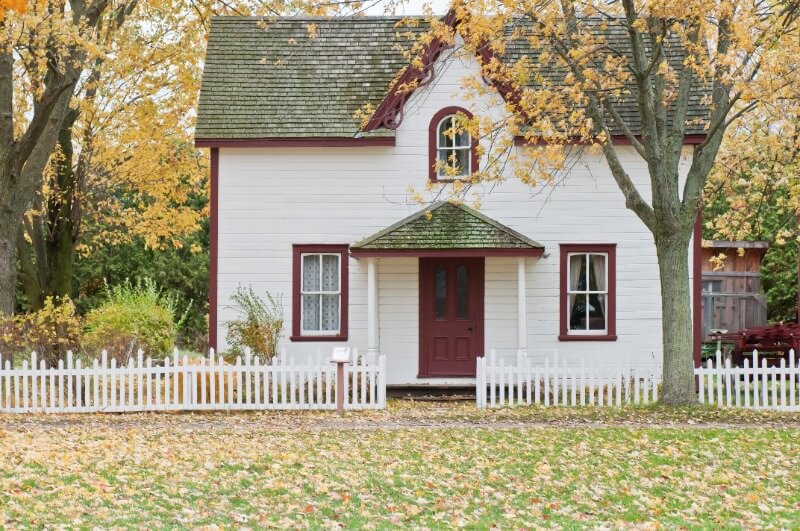In the last year or so, home prices have fallen dramatically from their mid-decade peak. Why haven’t home insurance rates followed suit?
With the current downturn in the real estate market, you may wonder why declining property values are not matched by a similar decline in the cost of home insurance. The fact is your home’s market value is not a key determiner of what you pay in home insurance.
Market values are based on factors such as location, condition of neighboring properties, prevailing interest rates, local market conditions and even property taxes. None of these factors influence what your insurance really covers: the cost to replace your home. This is the cost to re-build your home exactly as it is now, in its current location, and using the same materials and workmanship. And despite a severe economic downturn, the cost of building has shown no signs of decline.
An Upward Trend
Marshall & Swift/Boeckh, recognized consultants to the insurance industry, monitor trends in construction labor and materials costs, and find them to be rising. Although some materials such as drywall and lumber have gone down in cost, these decreases were offset by a dramatic rise in other building materials. These materials showed the following annual increases between the fourth quarter of 2007 and the fourth quarter of 2008:
Ready Mix + 1.9%
Plywood + 3.5%
PVC pipe +11.4%
Steel studs +18.7%
Rebar +48.8%
Labor costs showed a consistent increase across various categories for the same period:
Electrician + 4.6%
Carpenter + 5.4%
Plumber + 5.5%
Painter + 5.8%
Roofer + 5.9%
The Extra Cost of Re-Building
On top of the current upward trend in basic building costs, re-building a home is almost always more expensive than building a comparable new one.
Demolition and removal of a destroyed home must occur before re-building even begins. Local ordinances in developed areas often place regulations on demolition that increase expenses sharply. In general, re-building sites are much less accessible than a vacant lot when it comes to moving and storing materials and equipment. And builders can’t buy materials at volume discounts when working on a single home.
Labor is harder to find and more expensive with reconstruction than with new construction. Contractors favor new home projects because they are more predictable and have fewer hazards than re-build projects. Rebuilding costs are also affected by the expense of liability and workers’ compensation insurance, which is required to offset the hazards of demolition and debris removal. And because of the complexities of re-building, it generally takes longer. Time, as they say, is money.
Historic homes can be a particularly costly proposition. Finding skilled craftsmen to duplicate vintage features or artistry may be difficult or impossible. Costs in historically designated neighborhoods can run anywhere from 10-15% more than other projects, because contractors and workers must conform to strict historical preservation guidelines. Sometimes materials simply aren’t available because they’re rare, or no longer manufactured. Replacing wood in older homes is often difficult because of restrictions on rare or mature trees.
Don’t Go Underinsured
Marshall & Swift/Boeckh report that two-thirds of Americans underinsure their homes. Now that you understand the difference between market value and replacement cost, make sure you’re not one of them. Look at the Declarations page of your homeowner’s policy and then ask us for help to calculate the costs to rebuild your home at a level of quality equal to what you now enjoy and at the current cost of labor and materials.
